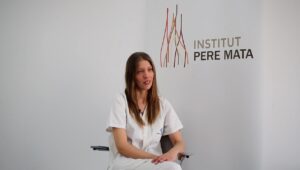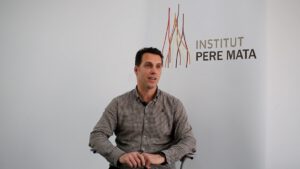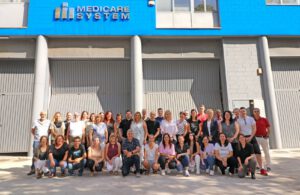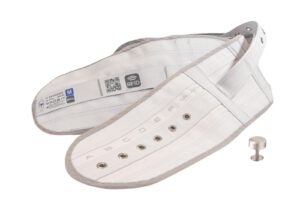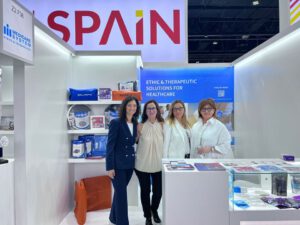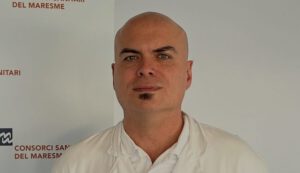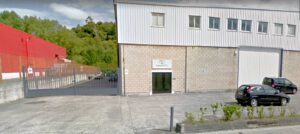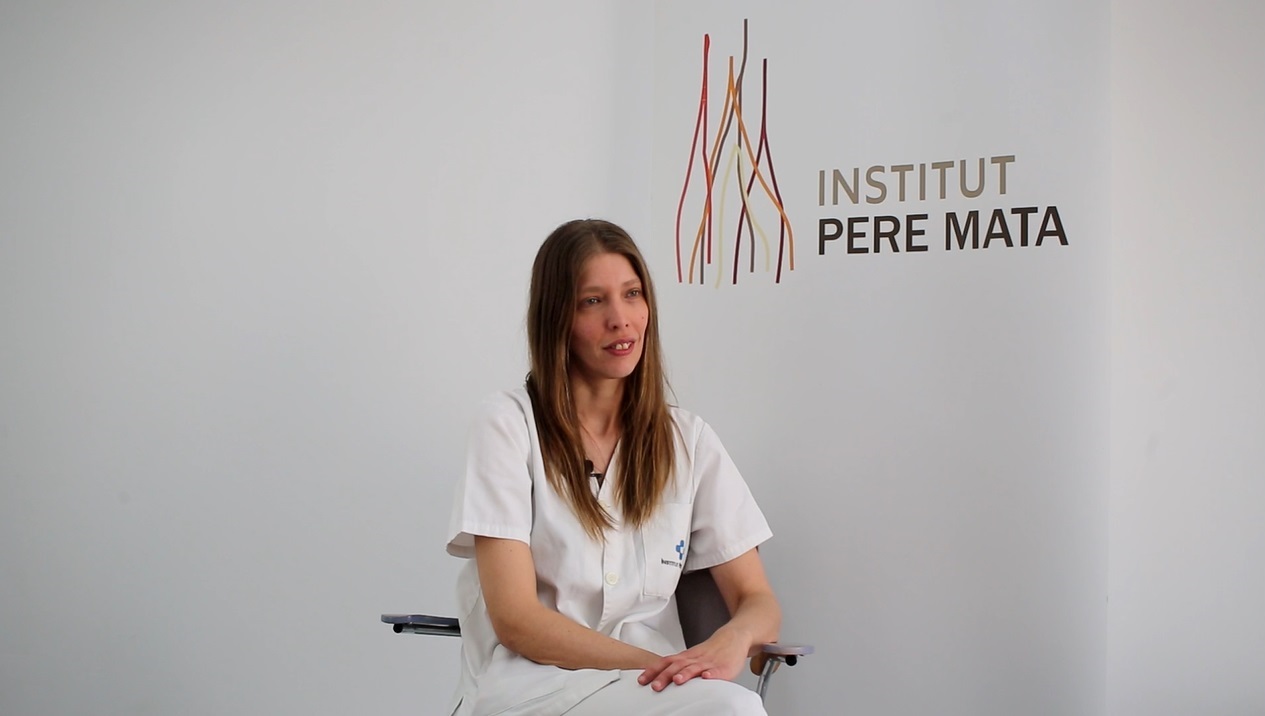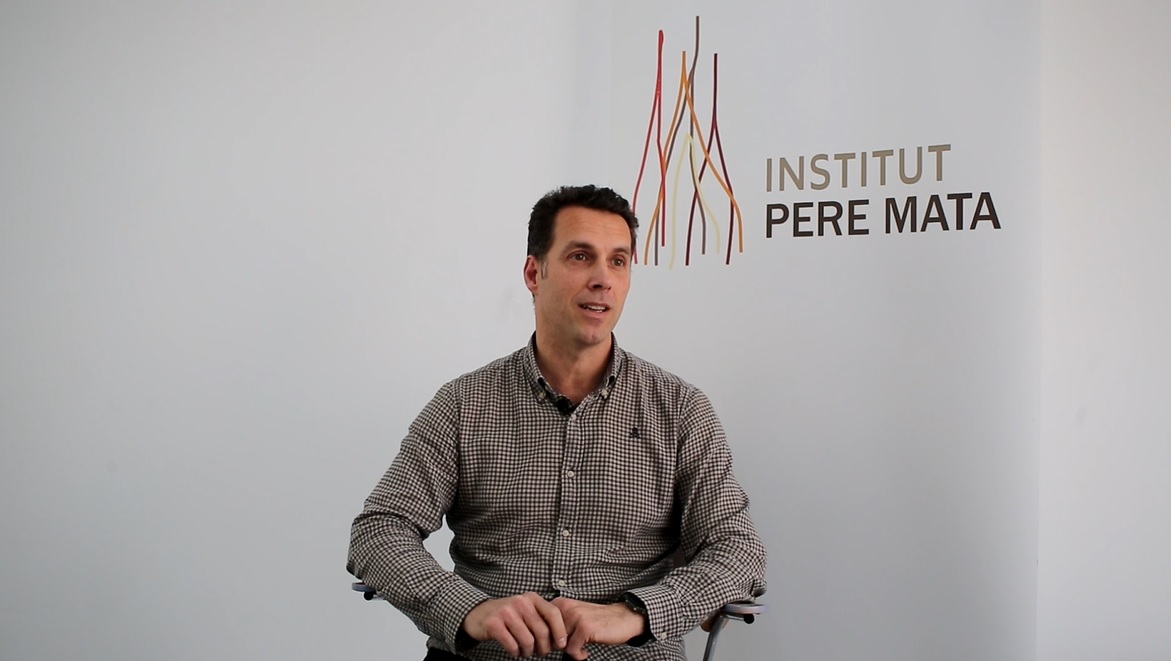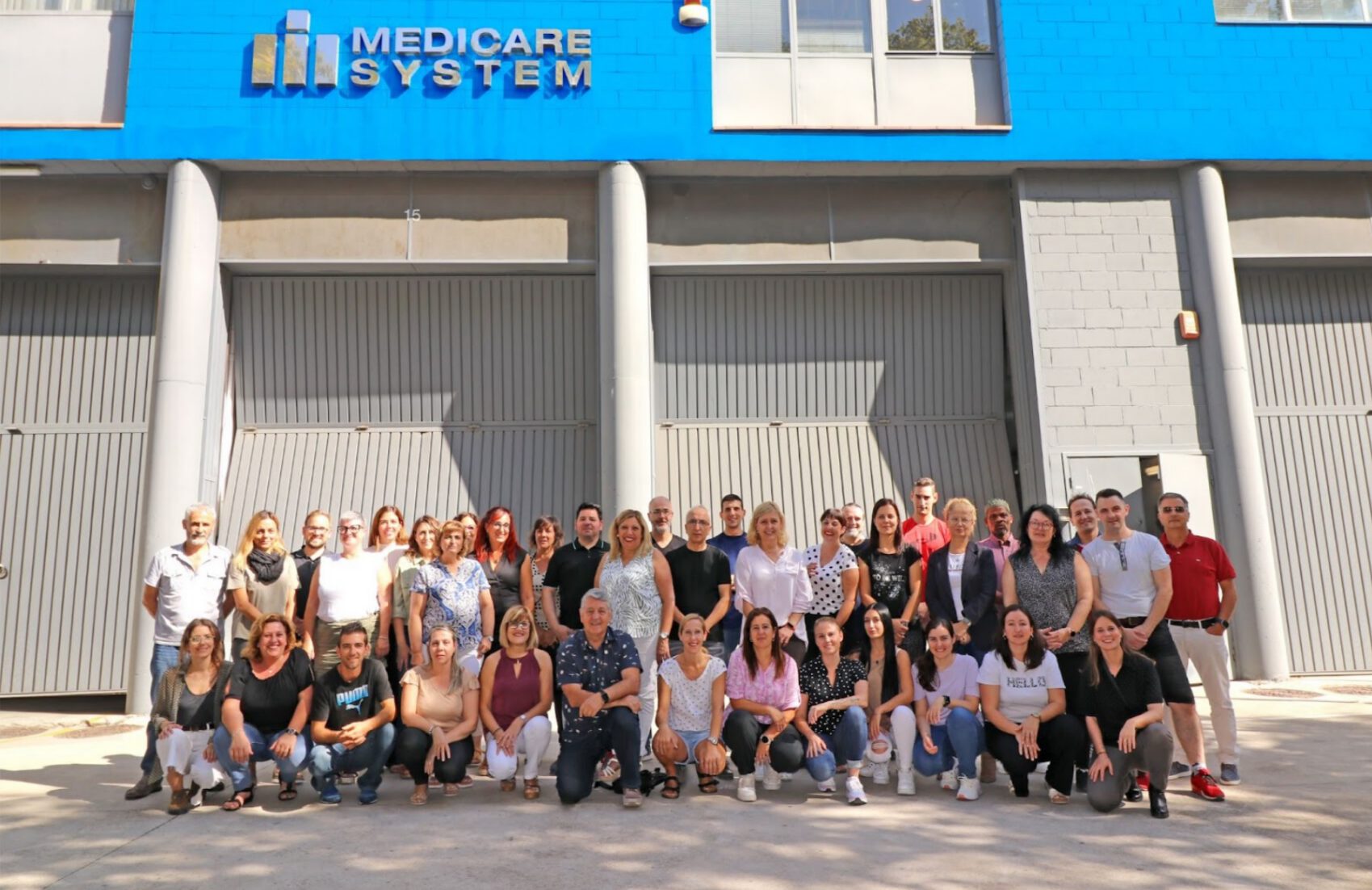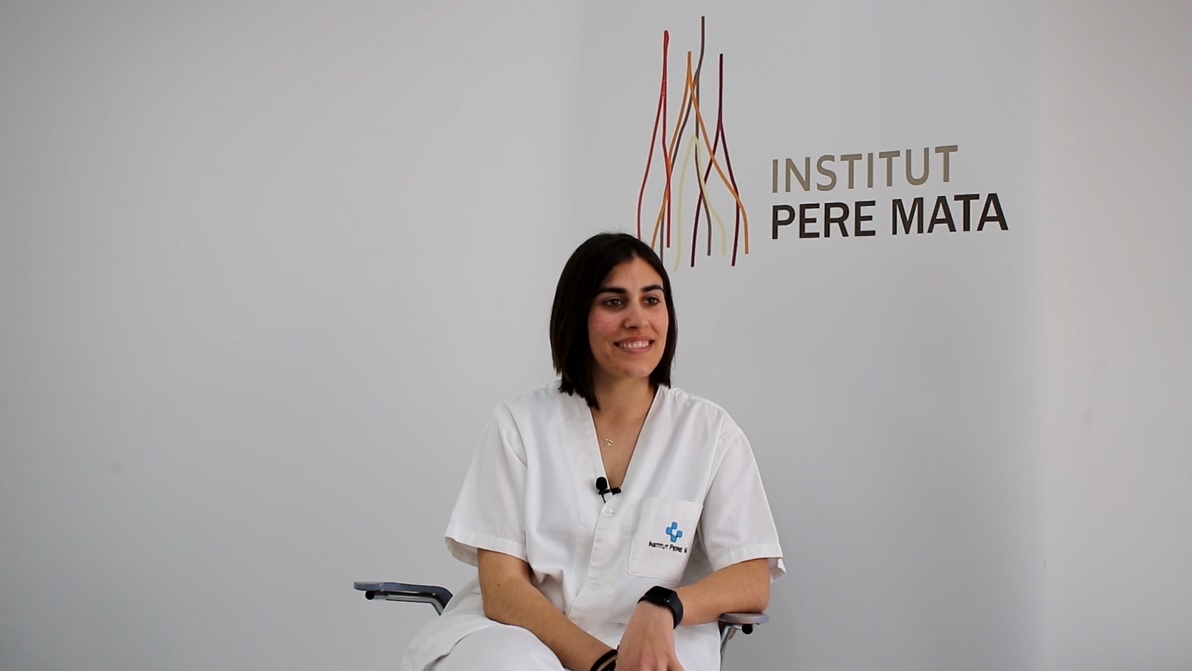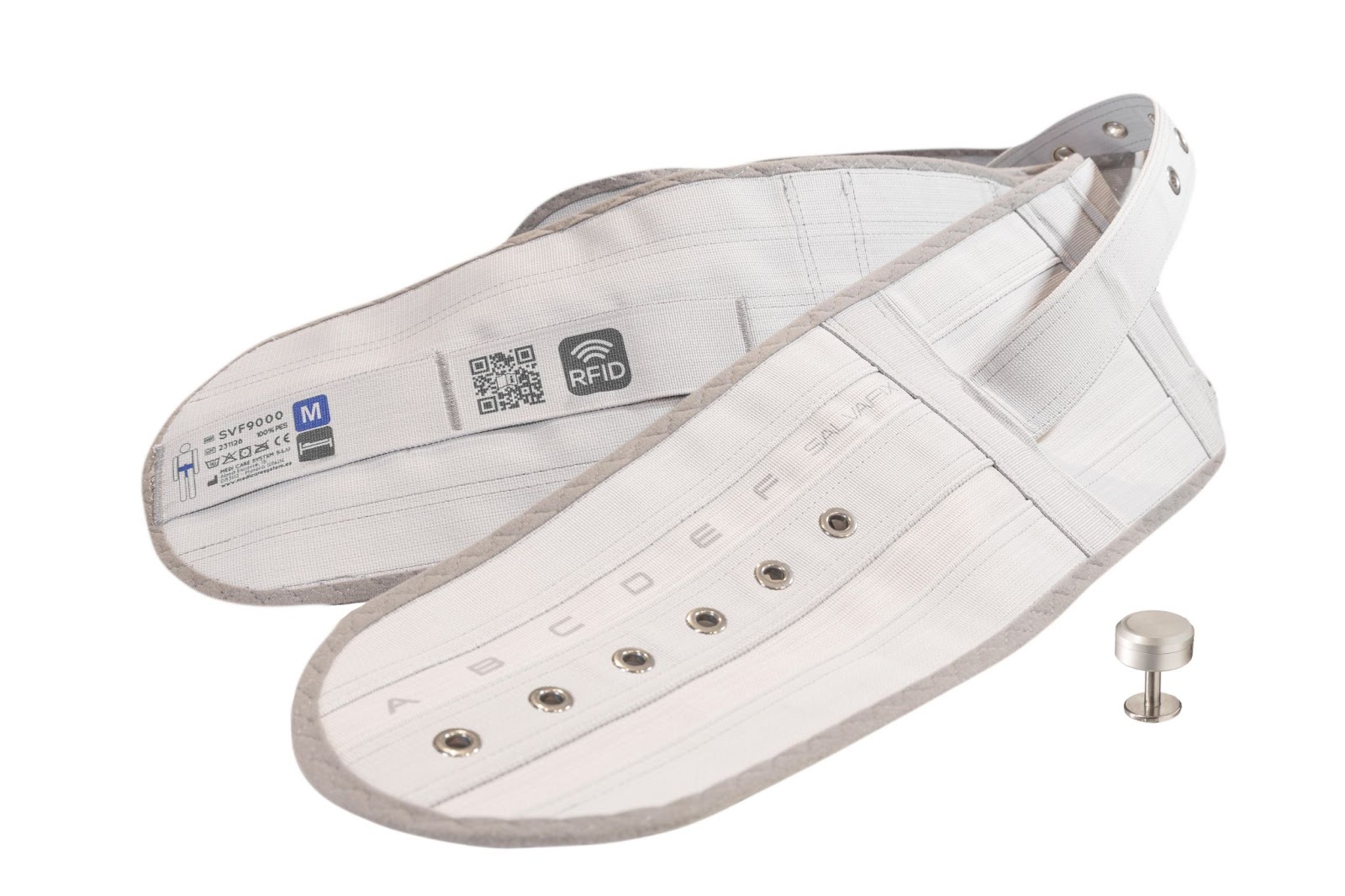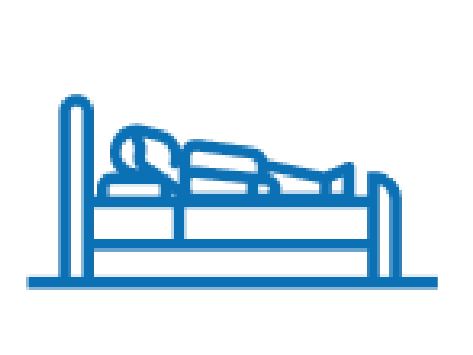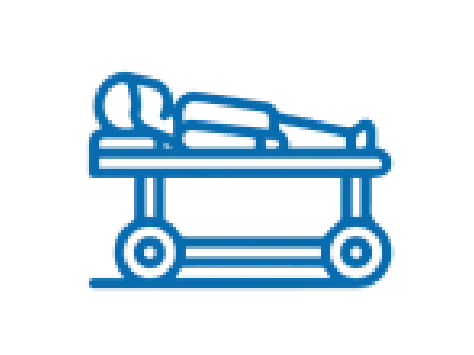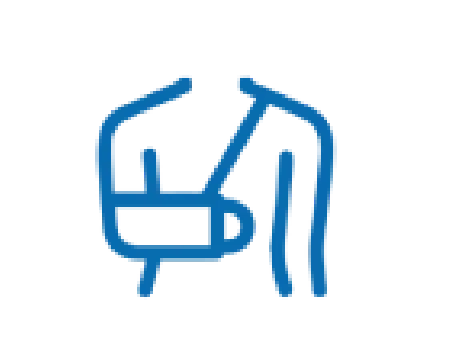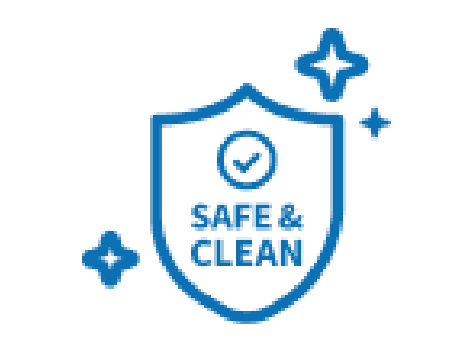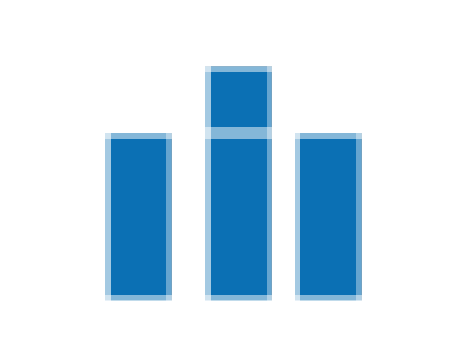Interview with Amaia Falcon Vallespí, nurse at the Acute Care Unit of the University Hospital Institut Pere Mata.
Amaia Falcon Vallespí, a nurse at the Acute Care Unit of the University Hospital Institut Pere Mata, explains the benefits of Salvafix Smart, stating that it enables them to save time, resources, and streamline processes.
Amaia Falcon Vallespí is a nurse in the Acute Care Unit of the University Hospital Institut Pere Mata (Reus, Tarragona), a center that has conducted a pilot test to assess the performance and contributions of Salvafix Smart, the new technological system developed by Medicare System that allows real-time monitoring of the state of mechanical restraints, their duration, traceability, and immediate updating of a patient’s clinical course.
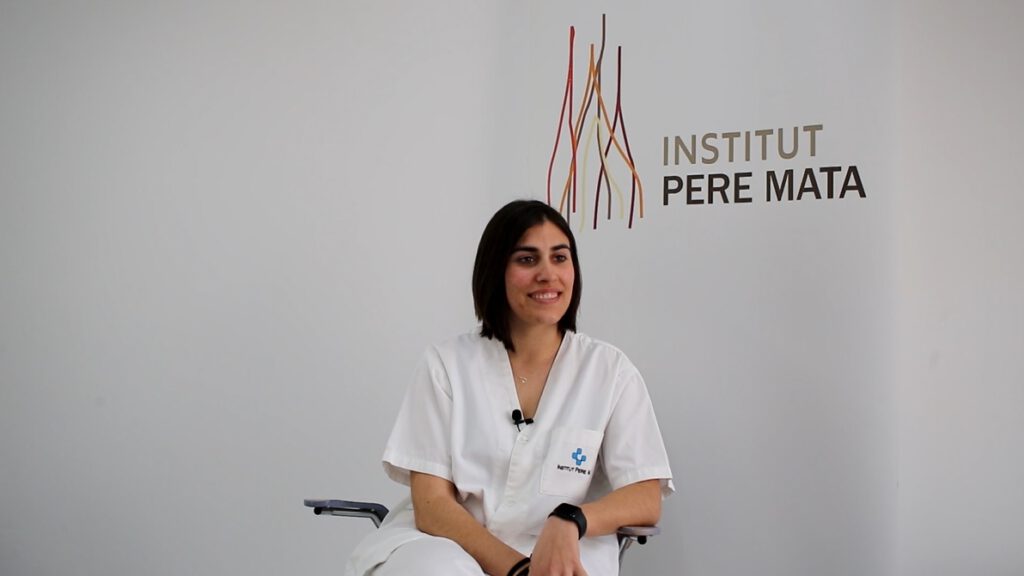
Amaia Falcon values this initial contact with Salvafix Smart very positively, explaining her feelings about the product’s application and highlighting three essential advantages for professionals: it allows optimizing time, resources, and streamlining processes.
Do you think mechanical restraints are useful as a clinical procedure in the face of significant agitation?
In the case of agitation in any of our patients, when other methods we have previously used have not been effective or resolving, and the safety of this person or others may be at risk, mechanical restraint is a good alternative to promote the patient’s well-being.
What alternative do you apply if you don’t use restraints?
Initially, we always try verbal de-escalation, accompanied by environmental containment. We try to separate this person, take them to a place with fewer stimuli, less noise, and fewer people, and we try to talk to them and understand what has led to this episode of agitation.
And when do you decide to apply restraints?
When the verbal and environmental resources we have initiated have not been effective. Sometimes we succeed with them, but if after a few minutes the patient becomes agitated again, we try verbally again because we always try to look after their well-being. However, if we see that they might harm themselves or others, that’s when we resort to this resource to reduce stimuli that they otherwise cannot control.
Was the procedure for applying Salvafix Smart restraint comfortable for the patient?
Yes, it’s quite comfortable because at the moment we apply a restraint, we can also register it in an automated process, where the information is integrated into the clinical course along with other aspects we need to assess.
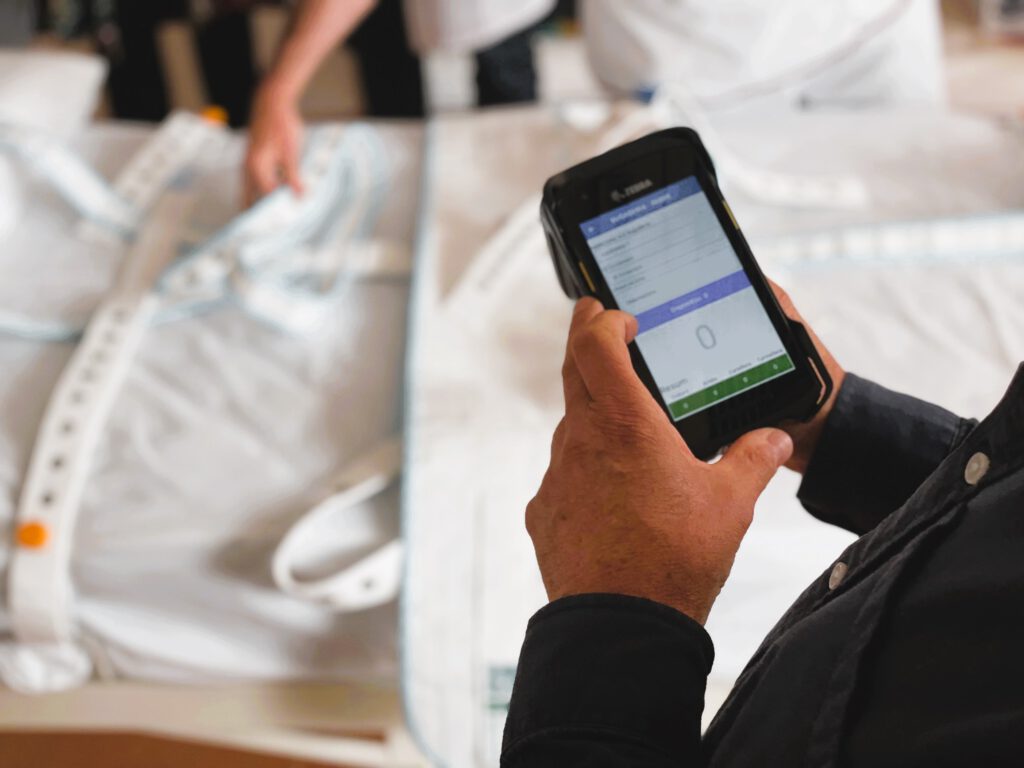
Was the smart reading of equipment with the PDA easy?
Yes, because the PDA has good remote reading of the patient, and yes, it’s practical, intuitive, and easy.
And how did the patient react to seeing the PDA?
They didn’t react any better or worse than we expected. For our patients, it didn’t cause any change in terms of increased agitation.
Was navigating the software application interface easy for you?
Yes, the interface is intuitive and allows us to gather all the aspects we need to ensure patient safety. It’s much more efficient and faster than paper, which is what we used before.
Do you think time is saved in data recording compared to the data recording used before?
Yes, previously we had to record on paper, and now when we apply a restraint, we can immediately read the chip where it’s registered. Additionally, the device has a dictation section where immediately after an agitation episode, we can verbally explain what happened and how we came to need this type of restraint and resource, with this information being quickly and easily recorded in the clinical course.
What benefits have you observed since implementing this new Salvafix Smart system?
Above all, time savings. We can set an alarm to alert us, allowing us to check that the restraints are properly applied, that the patient has good hygiene and safety. We save this step with paper and the time to transfer this information; now we can do it with voice dictation, so the time we save can be dedicated to this or other patients.
How has the response been from the nursing staff?
Good, as it’s ultimately something new and helps us save time and streamline our work, it’s a good resource.
Has efficiency in patient data recording and treatment, and subsequent information analysis, improved?
Supervisors have told us that this recording was correct, and it’s more visual and easier computationally because when searching for something, it’s much easier to find it since it’s immediately recorded.
What benefits do you think professionals gain from this system?
Thanks to this microchip system, we are aware of the restraints we have, those we don’t, and those placed on patients. It also helps us organizationally because if we need to apply a restraint, we can quickly know, for example, how many restraints we have in place at that moment.
What is the main motivation behind implementing this intelligent system in your hospital?
To advance and improve things that work but can work better.
How do you assess the overall impact of this new technological application on reducing errors in clinical restraint procedures?
There weren’t excessive or notably errors, but personally, I find it very useful in my daily routine.
Find out more information about Salvafix Smart, contacting us here.


